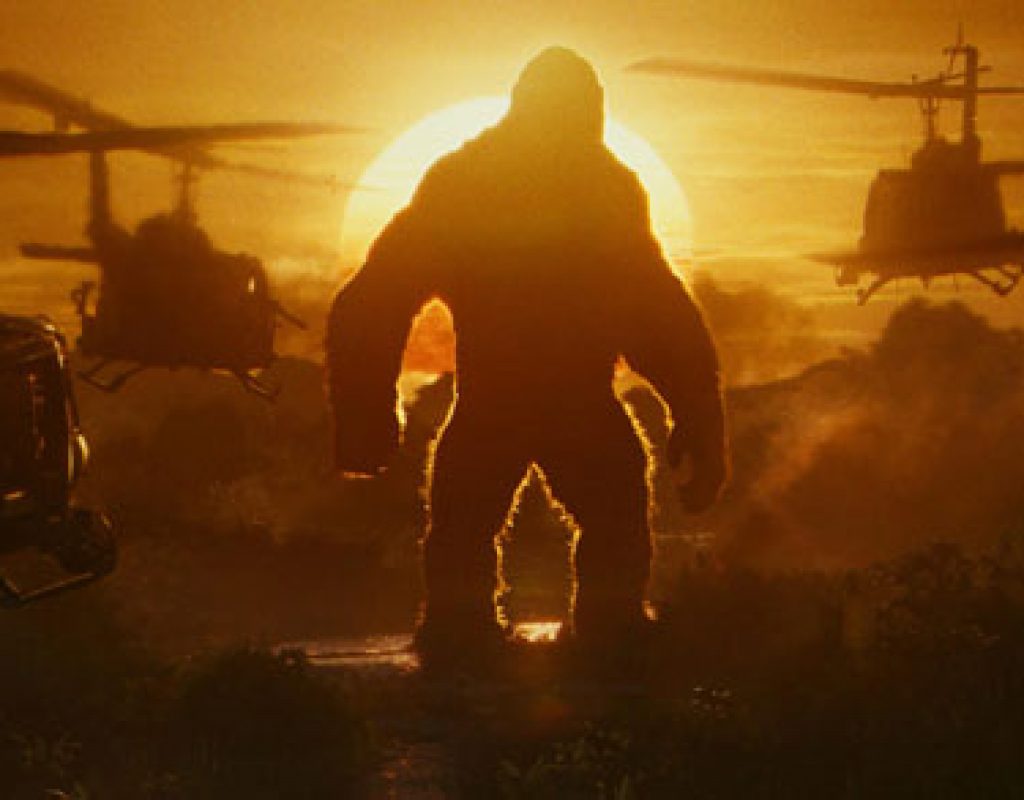Rick Pearson, ACE has edited some of Hollywood’s biggest movies, including Men in Black II, The Bourne Supremacy, Quantum of Solace and Iron Man II. I last interviewed him when he cut The Accountant. This interview is about Kong: Skull Island, but I caught up with him while he was on-location for his next film.
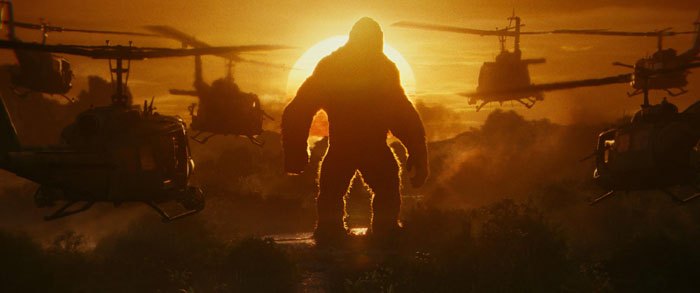 HULLFISH: So, you’re in Budapest?
HULLFISH: So, you’re in Budapest?
PEARSON: I’m in Budapest. It’s a Robin Hood origin story. I thought the director and script were really very interesting. The timing also felt right as there’s a potential film for the spring of 2018 with Gavin O’Connor who directed The Accountant. It’s something that I’d really like to do if all lines up.
HULLFISH: That’s a thing that I’ve been talking to editors about more and more: juggling the schedules of when you want to do big projects or trying to leave a space to fit in the movie of a director that you frequently collaborate with. When is the next project? what can you fit in? what do you do in the meantime?
PEARSON: It’s really difficult, or at least it has been for me. Many of the directors I’ve enjoyed working with in the past can go years between projects. As much as I’d like to, unfortunately I just can’t do the same!
HULLFISH: I was talking to somebody recently, another Oscar winner, and they were up in Toronto editing some really small budget, first-time director’s film and he said, “I’ve got a huge project that starts in May or June and my last one ended in December and I had a couple of months in between. I love to edit. I loved the script, so why not work for five months and who cares how big of a movie it is?”
PEARSON: I totally agree with that. Gavin actually had a pilot that I wanted to do, but as the schedule and budget came together it was beginning to look like I would need to take another feature downstream to balance things out and that might just have made me unavailable for his next film. It’s a juggling act for sure.
HULLFISH: Let’s talk about editing this film. It’s a bunch of editors, right, two or three of you guys working on this?
PEARSON: I initially was brought on about 2/3rds of the way through production to help split up the work on the VFX turnovers, but eventually I ended up taking over the show. Bob Murawski then came on to give me a hand managing these massive VFX sequences so we could continue to hit target dates while still forging ahead with the director’s cut.
Bob then suggested that the editor that Jordan wanted initially, Josh Schaeffer who had cut as an additional editor on his film Kings of Summer may be able to lend a hand as well. Kings is a very sweet film with a lot of intricate montage work and he had approached Kong in a similar way where he had what he called his “Nature Unit”. They were out shooting trees and water and bugs, intricate details. This was very much part of the DNA of the film for him and so both Bob and I thought, “There’s miles and miles of that footage and we need to get these huge set pieces pushed through the pipeline for meeting all these visual effects delivery requirements. So it was Bob who said “Why not hire his guy and let them work on those elements, so that you and I can focus on these things the schedule demands and we’ll get to the finish line together.
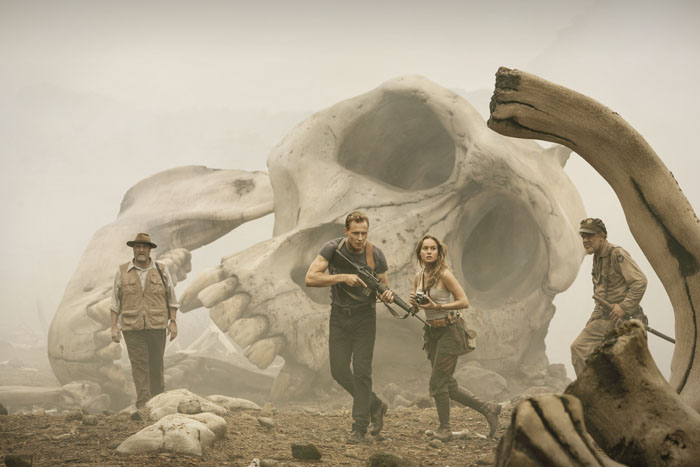 HULLFISH: Is a post supervisor choosing which scenes are cut by which editor, or is it the three of you deciding between you or is it the director?
HULLFISH: Is a post supervisor choosing which scenes are cut by which editor, or is it the three of you deciding between you or is it the director?
PEARSON: The VFX producer in combination with the VFX vendors figure out a schedule and it was a very aggressive schedule on Kong because the turnaround was pretty fast for a show of that magnitude. The movie was supposed to be in the can by Thanksgiving. That didn’t happen, but it still went right up until basically the end of the year, which when you consider that they didn’t start shooting until the end of the previous year that was a really fast turnaround.
HULLFISH: Is there a challenge to cutting those scenes when they’re so… what percentage would you say had special effects? If the movie is two hours, how many minutes of that do you think had visual effects?
PEARSON: It’s hard for me to quantify. There are sequences that are almost in their entirety visual effects: when you have two creatures fighting each other, obviously those creatures don’t exist. Sometimes we didn’t even have plates, they were all CG so it is a real challenge, but it’s a fun one because it’s also extremely malleable. You can say, “What if Kong does this instead? How about that?” So it’s very flexible, but you have to be careful because you can go down a lot of cul-de-sacs before you get to the right place and there’s only so much time… time being the biggest resource.
HULLFISH: Talk to me a little bit about the story itself and the structure. Was the script very locked-in or did you find things changed a little bit as you went through effects or realized where the story was going?
PEARSON: Well for sure the visual effects intensive scenes evolved as we sort of honed in on the story. There were some significant reshoots that were done to shore up some issues that we found as the movie came together and we began to do some tightening. It was about how characters were introduced and what we knew about the characters when we met them and how they met. Because it’s an ensemble picture, we sort of met everybody independently. We still sort of do that, but they are now linked in a way that they weren’t before.
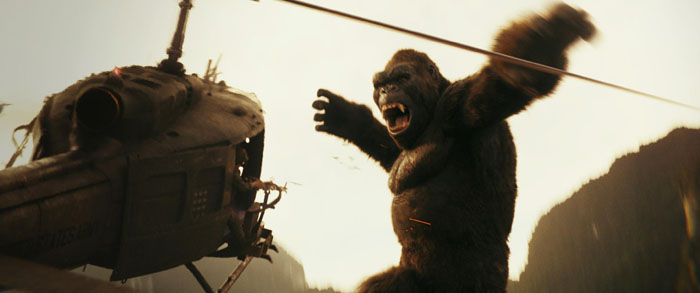 HULLFISH: I’m working on a film right now that we have a bunch of reshoots and I don’t think that they would have known if they needed to reshoot when they were shooting, but came up during editing. Tell me a little bit about those discoveries when editing. Was it something where you said, “This really isn’t working?”
HULLFISH: I’m working on a film right now that we have a bunch of reshoots and I don’t think that they would have known if they needed to reshoot when they were shooting, but came up during editing. Tell me a little bit about those discoveries when editing. Was it something where you said, “This really isn’t working?”
PEARSON: Some of it you can feel even when you’re cutting dailies, but I’m a little hesitant to quickly jump to conclusions on those things because you never know until you have the rest of the movie wrapped around it. Things that you may feel are issues may not be any more. It varies. Sometimes you feel it… I’m in the middle of shooting on Robin Hood and there’s a sequence which I sent to the director and he said, “This is great, except for it has these three problems, and they’re the three same problems I felt when I read it, when I shot it and now when I’m seeing it”! We recut the scene and I sort of tackled it with a different approach and put in title cards to suggest new beats. He liked the idea, so we’re actually going to do a reshoot now for the back end of that scene. Much better to catch this now than in the middle of the director’s cut as everyone; the sets and location are here now.
HULLFISH: How close are you physically to the set… not on Kong, but what you’re doing now?
PEARSON: I’m not actually at the studio itself and in fact they’re on a distant location in Dubrovnik for three weeks., They are doing a lot of big exterior work there for Nottingham. My cutting room is here in Budapest. The stages are about forty minutes north of Budapest, so I’ve actually only been out there one time. Usually the director has come to me, either at the beginning of his day or the end of his day. That’s the way it works on this one.
HULLFISH: I’ve been on-set on a few movies and it’s more of pain than to be off-set.
PEARSON: I don’t disagree with that. I’ve had to do that, too. Particularly when it came down to needing to know right away if things were working so they’ve got me cutting video taps. I’m not a fan of it because it’s not a spectator sport, right? It takes a while to process it, but if you have to get an immediate response to know that you have what you think you need than I’m willing to do it. Still, I’m with you. I’d personally rather have a little space and reflect on what I’m doing and present it.
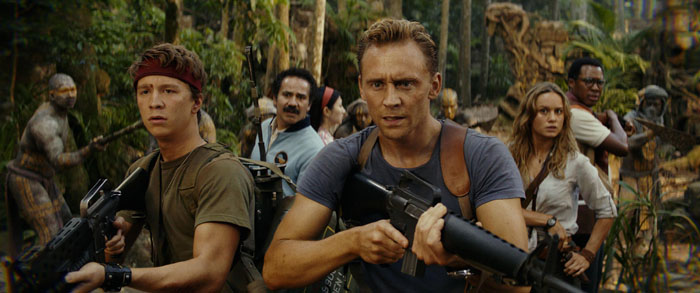 HULLFISH: But as you pointed out, on this film, having you nearby and staying up to camera helped because then they realized the reshoots that were needed before the cast dispersed and the sets were lost.
HULLFISH: But as you pointed out, on this film, having you nearby and staying up to camera helped because then they realized the reshoots that were needed before the cast dispersed and the sets were lost.
PEARSON: The whole point is to try to be as close to camera as you can.
HULLFISH: Getting back to Kong. Do you enjoy having other editors to bounce stuff off?
PEARSON: On a film like this it wouldn’t have been possible for one person to do all of it, just not with the schedule such as it was. We had to have multiple editors. We would look at each other’s material, but it’s important to be really respectful of each other’s work because there is obviously more than one way to do things.
HULLFISH: Was someone assigning exact scenes to keep to a schedule?
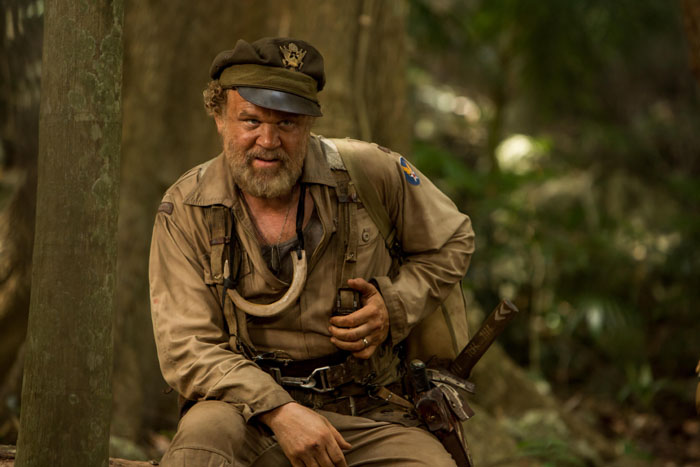 PEARSON: Well we knew what the schedule was for that ten, twelve weeks of turnovers during the director’s cut and so we sort of decided ahead of time who would take what sequence, so that worked pretty well. I had what’s called “the final battle,” which was this big throw down between Kong and this other creature. I was actually working when the plates were being shot and so I had taken that from the beginning so it only really made sense that I would just stay on through the end, but Bob and I divided up other sequences… The idea was one person would be sort of on deck while the other was dealing with the current turnover. I’d do a turnover and then have another one like four weeks later, ideally.
PEARSON: Well we knew what the schedule was for that ten, twelve weeks of turnovers during the director’s cut and so we sort of decided ahead of time who would take what sequence, so that worked pretty well. I had what’s called “the final battle,” which was this big throw down between Kong and this other creature. I was actually working when the plates were being shot and so I had taken that from the beginning so it only really made sense that I would just stay on through the end, but Bob and I divided up other sequences… The idea was one person would be sort of on deck while the other was dealing with the current turnover. I’d do a turnover and then have another one like four weeks later, ideally.
HULLFISH: Keeping up with dailies: I want to talk about that just as a generic concept. Do you have a methodology? Keeping up to camera demands a certain “output” more than it does a certain “quality.”
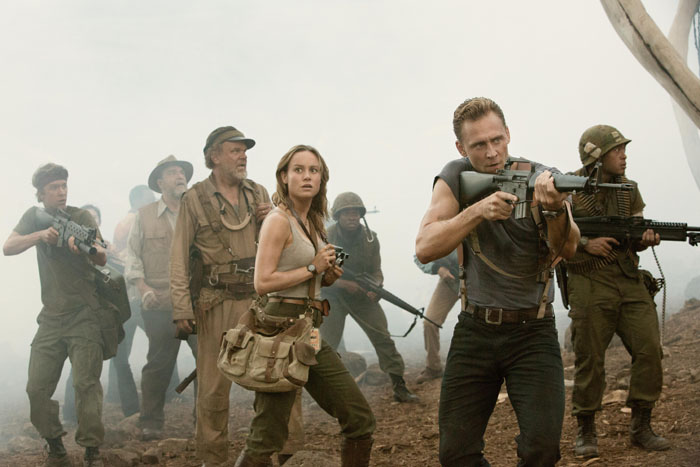 PEARSON: To be honest with you, that’s hard for me… It’s hard for me to try to just slap something together because I just can’t make myself disconnect that way. Honestly just talking about it right now is making me break out in hives because I’ve got a lot I need to be doing and I have second unit shooting for a full week – this massive set piece – and first unit is shooting and I have another set piece that the director wants to present to the studio so I’ve been re-cutting that. What I try to do, if I’m not up to camera, I’m at least aware of what’s going on with the dailies. I’m always spinning through the new dailies every day so at least I have a feeling for the material… I can pretty quickly tell from looking at stuff if I feel like there’s something crucial that’s missing. Otherwise I just do the best that I can do. Still, I’m not able to just rush through assembling something, it’s just not in me. I wish it was.
PEARSON: To be honest with you, that’s hard for me… It’s hard for me to try to just slap something together because I just can’t make myself disconnect that way. Honestly just talking about it right now is making me break out in hives because I’ve got a lot I need to be doing and I have second unit shooting for a full week – this massive set piece – and first unit is shooting and I have another set piece that the director wants to present to the studio so I’ve been re-cutting that. What I try to do, if I’m not up to camera, I’m at least aware of what’s going on with the dailies. I’m always spinning through the new dailies every day so at least I have a feeling for the material… I can pretty quickly tell from looking at stuff if I feel like there’s something crucial that’s missing. Otherwise I just do the best that I can do. Still, I’m not able to just rush through assembling something, it’s just not in me. I wish it was.
HULLFISH: I’m not saying that you slap something together you’re not proud of, but there are people who say “Hey, I just need to get a sense of this scene, because I know things are going to change and editing is an iterative process, so I just want to get something down.” Everybody has got a different process, but there are people who think, “I just want to get something down and I know it’ll change and I know I’ll go and choose different performances, but for example, I’ll cut a scene with only the circled takes.”
PEARSON: My friend Chris Rouse said once: “I just can’t think any faster.” The technology is great and fast, but I can only process at the speed of my thoughts. It still means exploring the material and how it wants to cohere. I will at times try to move a little faster and roughly assemble things, but I find that it’s hard for me to show a director something that I don’t feel I’ve thoroughly vetted. For example, right now I’ve got this big set piece that second unit did. It’s a big battle. In the throes of this battle there are a few key story points that we have to follow Robin Hood through, his point of view through these sections. I actually pitched to the director today: “If I put every single beat in, it will be too long. I know that and that’s cool because that’s a much better problem to have then to not have enough, but would you like me to put together a piece that I feel is rhythmically correct, so that you can process it or not?” And he said, “I’d rather see it with everything and then we’ll figure it out.” I said “I’ll show you that, but just for my own sanity I’m also going to cut a piece that will track the story better. With all of it in, it’s just going to be a mess”. He’s smart and experienced enough that he’ll get that, but by the time I’ve gone through the process of putting it all together it’ll be easier for me to just say “Okay now let’s take out this thirty percent of the material and tell the story.
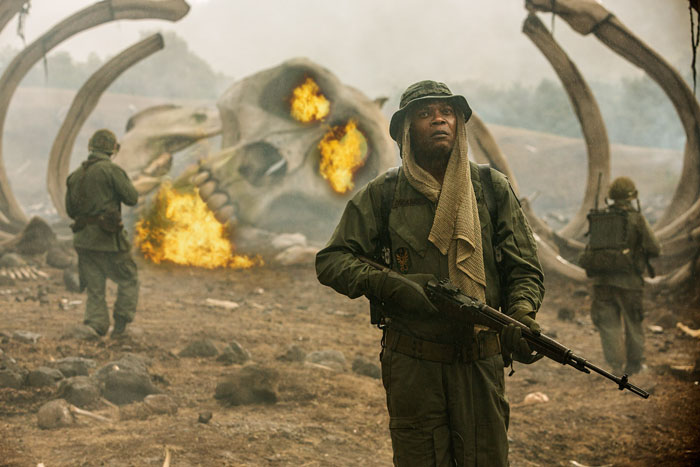 HULLFISH: Let’s talk a little bit about the process of remaining objective through a long project like Kong. I’m nearing the end of a small budget movie right now and I’ve done so many notes from producers and directors that I’m starting to feel like I’m losing track of my own ideas. How do you prevent that?
HULLFISH: Let’s talk a little bit about the process of remaining objective through a long project like Kong. I’m nearing the end of a small budget movie right now and I’ve done so many notes from producers and directors that I’m starting to feel like I’m losing track of my own ideas. How do you prevent that?
PEARSON: Well, I mean it’s impossible to prevent it entirely. What I find useful is to take the movie and screen it for myself or myself and whatever allies I can find. By that I mean other crew members, assistant editors or even – if the studio is cool with it – people that I respect and trust who don’t know anything about the movie. Preferably in another screening room or just someplace out of the cutting room because for whatever reason, it just helps.
If you’re in a different physical space, for me, it’s helpful to try to regain a little bit more objectivity. I always feel when there are other people in the room, particularly if they don’t know the movie – even without talking to them afterwards – the experience of watching it with them, I start to feel things like “Oh that’s too fast or that’s too slow.” The experience of seeing it with an “audience” is extremely helpful. And obviously doing proper previews are hugely useful in terms of finding out what’s working and what’s not and regaining some objectivity.
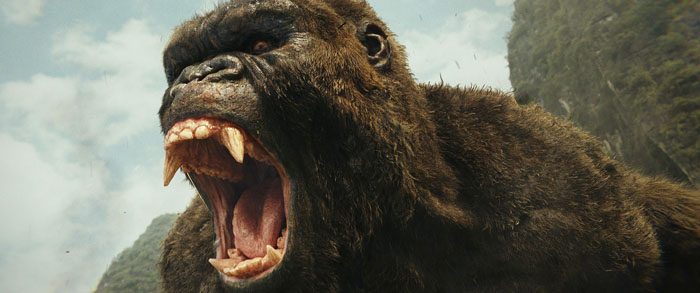 HULLFISH: I’ve talked to so many people about that chemistry that happens when you have somebody else in the room with you even if they don’t say anything at the end of the screening. You just sit there, and you can feel the movie differently in a way that you don’t by yourself.
HULLFISH: I’ve talked to so many people about that chemistry that happens when you have somebody else in the room with you even if they don’t say anything at the end of the screening. You just sit there, and you can feel the movie differently in a way that you don’t by yourself.
PEARSON: I don’t know what that is, but it works and it is the sense of watching a movie as opposed to watching your work. When it’s me just watching a scene and watching a scene and watching a scene or watching a movie or watching a reel, I’m assessing my work, but when I’m watching it with someone else I’m watching the movie whole cloth, as it were.
HULLFISH: Even, like you said, going to another room: it helps to know that you can’t hit the pause button or just reach over and do a little trim. You have no control, it’s just going to play for two hours.
PEARSON: Yes, that’s huge. That’s really helpful. And I also for a long time now use two large monitors, one that’s beside me, and another that’s in another part of the room. I can just get up and sort of be in another part of the editing room. Even that, to me, is helpful. I’m not sitting, leaning over the keyboard where you can hit stop all the time. The way I’ve got my room set up now I actually have the editing console set up and then in front of me against the wall is a larger monitor, so I’ll actually get up, walk around in front of the console and watch the scene in a chair where I can’t just hit stop.
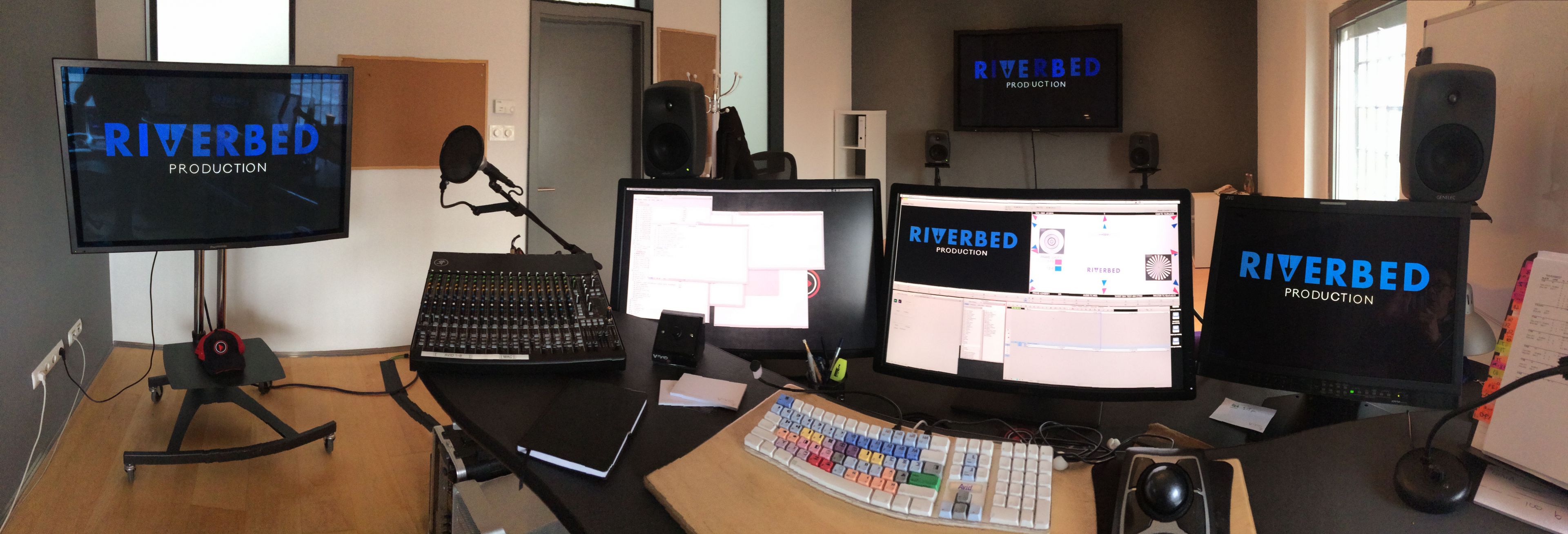
HULLFISH: Tell me about how you have your bins set up. Are you a frame view guy? Do you have your assistant set them up in any certain way that makes it easy for you to track through a scene?
PEARSON: I like to have them set up sequentially so that it starts with the first set up and then goes to A, B, C, D. I don’t group them by like “Oh all of this takes place in this part of the room, or this is this character and this is this character.” For whatever reason I’m just not used to looking at it that way. I do like to look at them in frame view, sort of how I like to have my continuity board rather than just the name of the scene and the description. I like to have a picture of the scene because I find particularly when we’re in the director’s cut looking at a wall of photographs is much more stimulating. Sometimes you see connections that you maybe wouldn’t if they were just words. But anyway, I like to look at it all in frame view. I always have, if it’s multiple cameras, I always have them grouped and I like to see both the group clip and then below it the different cameras.
HULLFISH: Do you use selects reels of any kind or no?
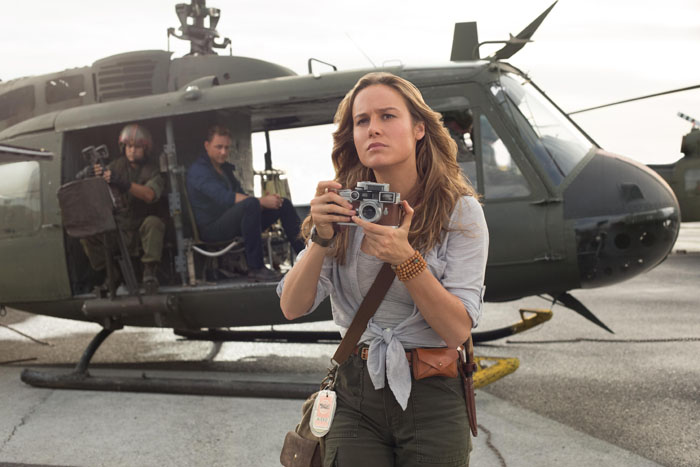 PEARSON: I do. Mostly for action stuff. I will create select reels because it’s the only way that I can get through all the material and know what all the pieces are because even if it’s not a “selected take” there may be something on the B camera of some particular moment that feels like “Oh, that’s cool or that could be useful.” I will build selects reels, primarily for action, although I’ve found lately that I also do it sometimes for particular performances, especially if there’s been a lot of bracketing of performances. I find that useful just to know what all is there. I rarely use, ScriptSync? But I do have one of the assistants build the line readings so in a bin I’ll have the entire scene written out and all the takes of Bob saying, “Look it’s a red car,” and they’re all stacked next to each other. I find that particularly useful in director’s cuts when they say “Didn’t we have another take?…”
PEARSON: I do. Mostly for action stuff. I will create select reels because it’s the only way that I can get through all the material and know what all the pieces are because even if it’s not a “selected take” there may be something on the B camera of some particular moment that feels like “Oh, that’s cool or that could be useful.” I will build selects reels, primarily for action, although I’ve found lately that I also do it sometimes for particular performances, especially if there’s been a lot of bracketing of performances. I find that useful just to know what all is there. I rarely use, ScriptSync? But I do have one of the assistants build the line readings so in a bin I’ll have the entire scene written out and all the takes of Bob saying, “Look it’s a red car,” and they’re all stacked next to each other. I find that particularly useful in director’s cuts when they say “Didn’t we have another take?…”
HULLFISH: I do the same thing. I do two different selects reel. One I call a KEM roll and one I call a performance reel. The KEM roll is literally a sequence of everything from action to cut for all set-ups and takes of an entire scene. But because that can be forty minutes long or longer, you can’t keep all that stuff in your head. So, I break it down usually by five or six segments in a scene depending on how long the scene is. Each of those segments is maybe 2-4 minutes long and I can assess that.
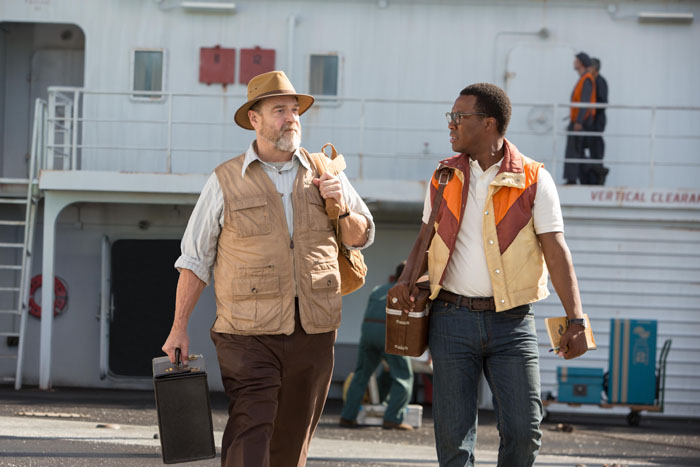 PEARSON: Yeah, yeah that makes sense.
PEARSON: Yeah, yeah that makes sense.
HULLFISH: If you look at the lined script that certainly makes sense to do it your way because you want to be able to find the letter in the name of the setup you’re looking for. I kind of do it like he does where the wide shot or something that if I watched the scenes I’ll go “Ah, they start this with a big jib shot and I’m sure the director probably wants to start with that, so I’ll put that at the top.” Then I’ll put wide shots, then close-ups of one angle, close ups of the other actor and do it that way so when I’m thinking “Oh this is where I need the close up of Bob,” I know that Bob is all together. But I mean, that’s why I do these interviews, everybody has a different process and there’s no wrong process.
PEARSON: Yeah, yeah. It’s just whatever you’re used to or if you work with somebody that you learn from. I’m not sure that any of those is more efficient than the other. I mean I’d be all for doing something if I thought it could be quicker. I do have the guys organize all of the dailies in essentially a large KEM roll so I can spin through it.
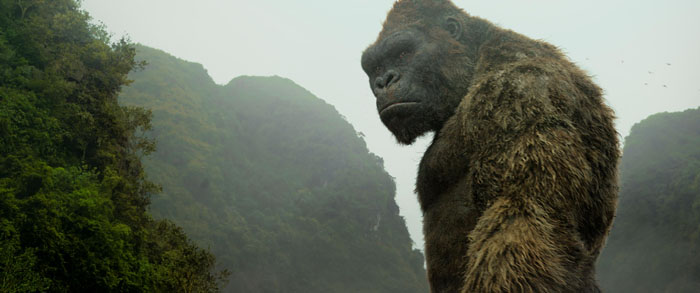 HULLFISH: Somebody else pointed out that when you’re looking at dailies you can also tell by looking at the dailies themselves how important something is. Is this just a bread and butter scene or is it covered six ways to Sunday and you know you’ve got an important scene in front of you.
HULLFISH: Somebody else pointed out that when you’re looking at dailies you can also tell by looking at the dailies themselves how important something is. Is this just a bread and butter scene or is it covered six ways to Sunday and you know you’ve got an important scene in front of you.
PEARSON: If it’s covered six ways to Sunday, sometimes what’s happened is the scene has evolved as they’re shooting it so that really… and sometimes I’ll intentionally go to the back end to see where it ended up … because sometimes the intentions have changed over the shooting of the scene.
I had a scene that was shot on this film where they began shooting the scene on a Wednesday and finished it on a Thursday, but the work that they did on Thursday sort of mitigated what was shot on Wednesday, like “No, we don’t want to do that anymore.”
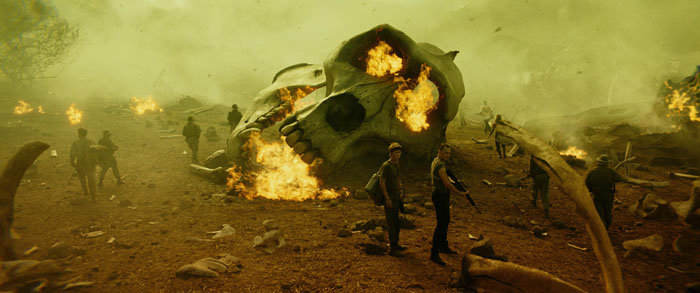 HULLFISH: How do you watch the dailies? Some people watch them backwards because you want to see where the director ended up and then they work backwards and other people go “No I want to see the development of the scene and so I watch dailies from the first take to the last.”
HULLFISH: How do you watch the dailies? Some people watch them backwards because you want to see where the director ended up and then they work backwards and other people go “No I want to see the development of the scene and so I watch dailies from the first take to the last.”
PEARSON: Yeah I kind of do it that way… when I start getting into the scene typically I’ll look at the circled masters first, just to kind of see where they evolved, but even then the masters may get you to one place but then in the coverage it’s changed and evolved. I guess if I had to think about how I typically do it when I start to actually get into the scene I’ll start working backwards from the end of the masters but initially I look at everything sort of in linear fashion from what was shot first to what was shot last.
HULLFISH: What’s your attack on a scene. How do decide how you’re going to approach it when you’re trying to stay up to camera when you’re getting dailies?
PEARSON: Well whenever I’m approaching a scene the first thing I’ll do again is reread it in the lined script because sometimes the original dialogue was changed while they were shooting it. Typically, the lined script should reflect that because the script supervisor has updated the script. So, I’ll reread the script and I’ll often times go back to the main script just to get a bit of context in terms of where we’ve come from and where we’re headed and then I just start making my way through the dailies.
Typically, I kind of go to the back end of the masters to start seeing where the master is headed and then from reading the script I’ll have in my own head what I believe the point of view of the scene is in terms of how to tackle it.
HULLFISH: Let’s get back to Kong. How big were sound effects in trying to deliver that and how much of that were you doing and how much of it, because of the budget were you able to say, “Send the sound team off. Go flesh this out for me. I’m just worrying about picture cut.”
PEARSON: We had a terrific sound team. Al Nelson was the sound supervisor. It was a fantastic team up at Skywalker. We were able to ask: “I need the sound of a giant water buffalo mooing after it’s baby calf who’s been squashed by a helicopter,” and it’s like “Well, what does that sound like?”
The guy that did the sound supervision on “Kings of Summer” was William McGuigan, and he actually came on with his own ProTools rig and did a lot of 5.1 work, mixing and building things and he would bounce things to Skywalker and they would bounce things to him. So that was a really nice, very mutually benefitting set-up.
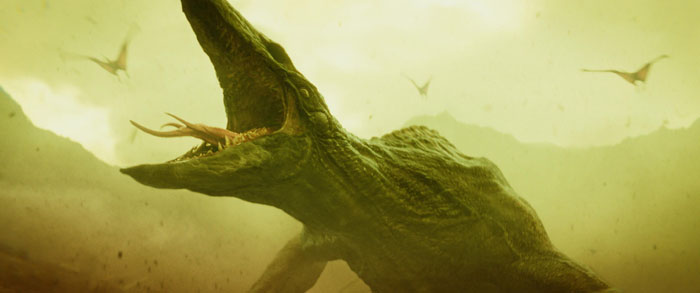 HULLFISH: Was your edit suite 5.1?
HULLFISH: Was your edit suite 5.1?
PEARSON: No. I was cutting in stereo. I haven’t yet cut in 5.1. I know some guys are really into it. I would gladly do it if I had a director that felt they really wanted to do that. From my point of view I feel like I have enough information from just cutting in stereo that I know that this will become a bigger world once we get to the dub stage, but I’m not worried when I’m in the midst of it like “Oh I want to make sure that we understand that that sound is going to come from the left rear.” I feel like the cutting room is a ‘workshop’ enough environment that I can hear everything I need to hear in stereo.
I certainly know editors that swear by it. You talk to some of these older guys that were cutting on Moviolas and they’re like, “You have to cut music too?” I’ve got more than enough to do now with my sixteen tracks and I often have at least four of more tracks of picture too, particularly for action sequences or where I’m cutting alternate cutaways I’ll often stack things so that I can get back to them sooner.
HULLFISH: Sixteen is a lot, but I’ve talked to many guys who say, “Sixteen is nowhere near enough,” Avid can do sixty-four now.
PEARSON: It becomes so cumbersome even at sixteen. Sixteen is enough for me. I’ve got four stereo tracks or six I think and the rest are mono.
HULLFISH: Talk to me a little bit about collaborating with the director. It’s a tricky thing to have enough ego to provide valuable creative input to the director but also to have enough no ego because you realize it’s his picture and you’re there to facilitate his vision.
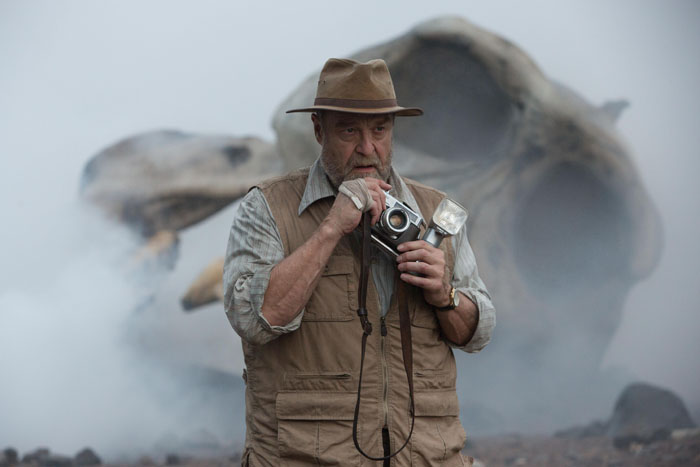 PEARSON: That’s always a bit of a dance and you know, I’ve certainly learned in the past that there have been times where I thought in my head “That is the most ridiculous idea, that doesn’t make any sense to me, but okay I’ll try it.” Only to be surprised that “Oh, actually now I get it.” Whether or not it’s context of the rest of the picture or me getting out of my own ego. I do believe that’s part of our job and we are there to service the director unless you are specifically being brought in as a “doctor” and being given something that the studio or whomever it is feels is broken and they completely want you to just go off and do your own thing and that’s a different task. But you know, I try to suss out, if it’s a director I haven’t worked with before and I’m interviewing, I try to get a sense of whether or not before I would take the job if I’m offered if they’re the kind of people that are hiring me because they believe I can bring something to the project, not just someone who’s really fast on an Avid because if that’s all they want then there’s lot of people who can cut faster than me and they should just hire somebody to do that for them so that they can realize their vision. I always try to determine if this is a person that wants to collaborate and is interested in me bringing my experience and my own point of view to the project.
PEARSON: That’s always a bit of a dance and you know, I’ve certainly learned in the past that there have been times where I thought in my head “That is the most ridiculous idea, that doesn’t make any sense to me, but okay I’ll try it.” Only to be surprised that “Oh, actually now I get it.” Whether or not it’s context of the rest of the picture or me getting out of my own ego. I do believe that’s part of our job and we are there to service the director unless you are specifically being brought in as a “doctor” and being given something that the studio or whomever it is feels is broken and they completely want you to just go off and do your own thing and that’s a different task. But you know, I try to suss out, if it’s a director I haven’t worked with before and I’m interviewing, I try to get a sense of whether or not before I would take the job if I’m offered if they’re the kind of people that are hiring me because they believe I can bring something to the project, not just someone who’s really fast on an Avid because if that’s all they want then there’s lot of people who can cut faster than me and they should just hire somebody to do that for them so that they can realize their vision. I always try to determine if this is a person that wants to collaborate and is interested in me bringing my experience and my own point of view to the project.
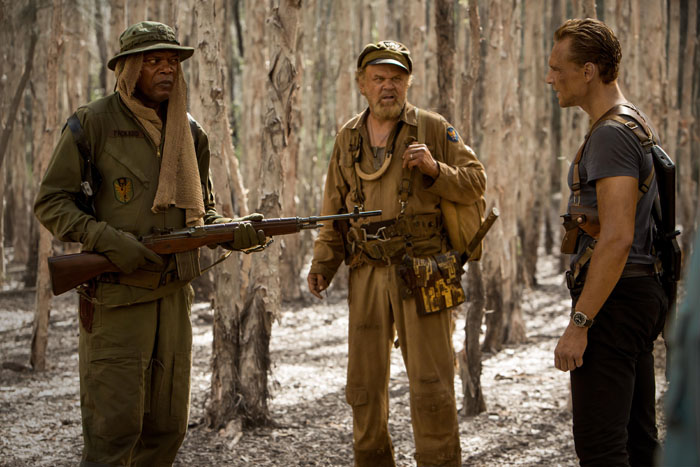 Then again, it’s still a dance. If there’s something that I really feel strongly: “That’s just going to be a waste of time,” I might try to have a little bit of a discussion about it: “So tell me about your process. What is it that’s not working about this that you feel like that will be the answer?” Because sometimes, I have found, that what they’re asking you to do isn’t what they want ultimately, but it’s the answer they can see in front of them to get to where they want to be. But sometimes if I can find out “What is it that’s really bothering you?” I can say, “Oh okay I get it! I think what you’re responding to is X. Y or Z and I think I can get you there by this method. How’s that sound? Should we try that?” Usually they say, “Yeah try it,” or “No. I want you to do it the way I said.”
Then again, it’s still a dance. If there’s something that I really feel strongly: “That’s just going to be a waste of time,” I might try to have a little bit of a discussion about it: “So tell me about your process. What is it that’s not working about this that you feel like that will be the answer?” Because sometimes, I have found, that what they’re asking you to do isn’t what they want ultimately, but it’s the answer they can see in front of them to get to where they want to be. But sometimes if I can find out “What is it that’s really bothering you?” I can say, “Oh okay I get it! I think what you’re responding to is X. Y or Z and I think I can get you there by this method. How’s that sound? Should we try that?” Usually they say, “Yeah try it,” or “No. I want you to do it the way I said.”
HULLFISH: Well that’s why I loved your example of the big action scene you were talking about where you were like “Oh let me cut it down to some manageable number of minutes,” and the director is like “No, give me everything.”
PEARSON: So, of course I’m going to do that. Earlier in my career I would have never suggested something like that, like “let me just take a bunch of this out for you,” but you know at this point I just feel like that’s why I’m going to give it to him really probably two ways, I’ll give it to him with the kitchen sink, then also a way where I feel like you’ll be able to track the things that you can track and then we can always pick and choose “Oh well you left that beat in, but I prefer this beat from the long assembly,” so that’s a back and forth and a journey. I’m trying to think of in the last ten, fifteen years if I’ve ever worked with a director who said “No, I insist that you do it this way, I don’t want to hear what your opinion is.”
I lean more and more on my assistants these days to help me get through dailies too in terms of “Hey why don’t you take a pass as scene fourteen,” and that may be more so getting back to what you were talking about, do you ever just slap something together and although I would never consider my assistant “slapping” things together, sometimes that’s a way for me to more quickly assess, “Okay well I would change what this is doing, but I can at least see what the issues are with that scene and I’ll get back to that.”
HULLFISH: Can you look at some scenes for me and tell me if there’s anything to talk about editorially?
PEARSON: There’s a funny evolution to the sound design regarding all the radio chatter you hear. Very early on in the process our supervising sound editor Steve Slanec recorded his own voice and some of his crew shouting out various wild lines in response to seeing Kong for the first time. Over the course of months and months those tracks were cut and recut, rebalanced and futzed to the point many of them were unintelligible, but they very much became part of the fabric of this sequence. Late in the mixing process we finally gave in to the fact that we couldn’t use these voices, as they were not members of SAG and we just couldn’t get them cleared in time. So, while on the final mix at Skywalker Sound Steve collected a few SAG actors to recreate/mimic the original recordings. The day of recording Skywalker suffered a power outage which lasted through the day and into the evening. Never to be stopped, Steve and his crew dug up a battery operated recorder and so by the guide of Iphone flashlights we rerecorded the audio montage you hear in the movie.
HULLFISH: Rick, thanks so much for sharing so much with us. I really loved talking with you about editing today.
PEARSON: You’re welcome.
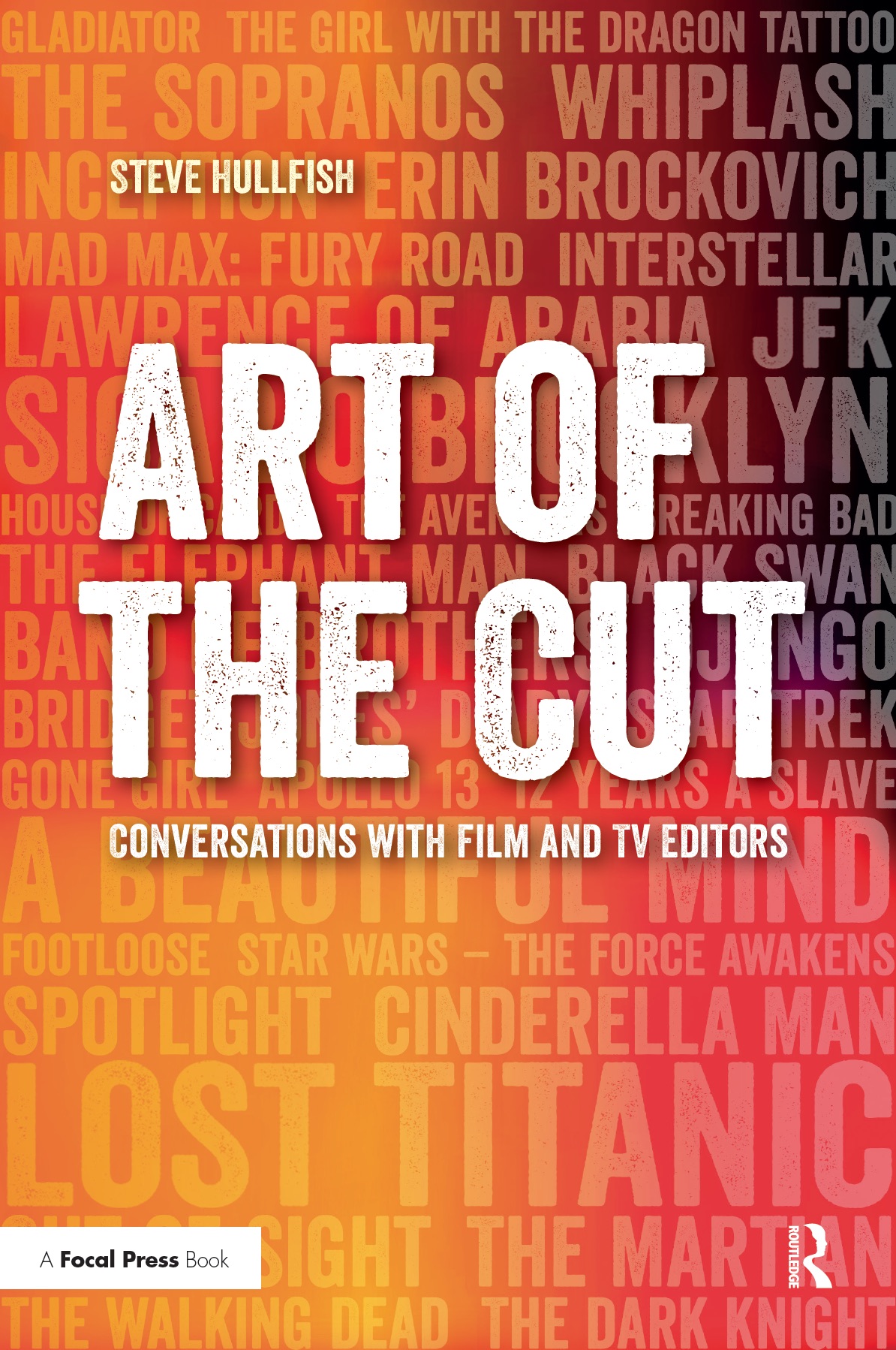 To read more interviews in the Art of the Cut series, check out THIS LINK and follow me on Twitter @stevehullfish
To read more interviews in the Art of the Cut series, check out THIS LINK and follow me on Twitter @stevehullfish
The first 50 Art of the Cut interviews have been curated into a book that reads like a virtual roundtable of some of the world’s best editors, each discussing topics like storytelling, pacing, project organization, structure, music and sound design.

Filmtools
Filmmakers go-to destination for pre-production, production & post production equipment!
Shop Now